By Soren Schamberg
It doesn’t take a fan of the game long to see a team implementing the 4-3-3 formation these days. From Chelsea FC, FC Barcelona, Liverpool and many others, the 4-3-3 has been a successful formation of choice. It’s versatility in attack and strength in defense makes it a balance most coaches enjoy, but it does demand some of the most physically capable and strategically aware players in order for it to meet it’s potential.
One of the high physical demands most notable are the players in the wing back positions. Their demand to be in tune defensively while be ready to spring into attack down the wide channels makes these players some of the fastest and have the highest endurance on the team. The rewards for their efforts can be worth it.
Before growing through a couple of examples, it’s important to note the skills needed for a player to fulfill this role.
Wing backs should:
- Must play as one unit around the entire defensive half of the field
- Maintain compactness to support each other and avoid being spread out.
- Must play as one unit up and down the wide channel with the midfield and wide forward.
- Provide instant width when building possession from the back.
- Deepest defender acts as the leader for providing information to the other three defenders.
- Disciplined in maintaining defensive responsibility, even when their team is attacking.
- Ability to defend on a 1v1 basis. Knowing when to delay and when to challenge an oncoming opponent.
- Support both the middle and wide midfield players by providing an option of an overlap or a supporting position behind the ball.
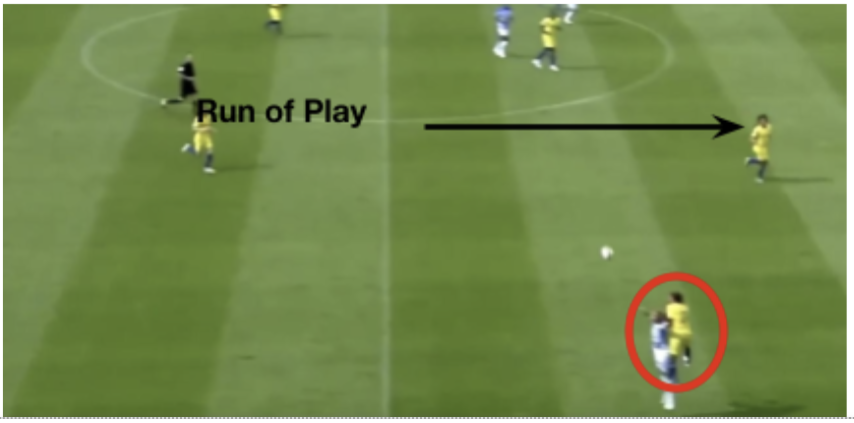
Marcos Alonso of Chelsea FC is a stout example of the effectiveness of this position. Playing mostly in the left channel of the field, Alonso demonstrates transitioning from a defensive player into assisting with the attack and even scoring.
Defensively, Alonso plays in line with the two Central Defenders and is tasked with not only blocking runs by intercepting through balls or passes by the opponent switching the field but he also keeps his position to provide either an outlet pass from the keeper or center backs when transitioning into the possession phase playing out of the back.
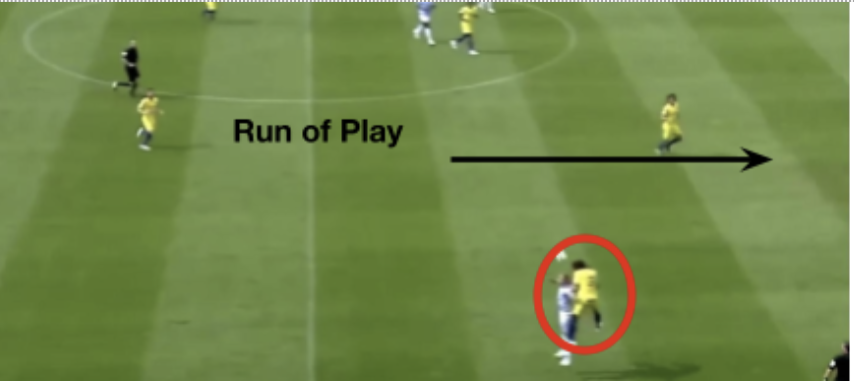
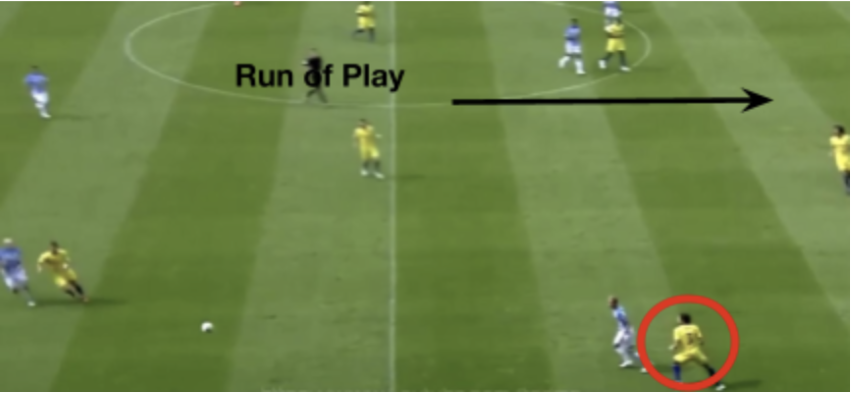
As the play progresses up the field (either down the left channel or on the opposite side of the field) Alonso, is making runs up the channel to become part of the attack most notably as an overlap option running into the attacking third and either putting in crosses, attacking to the by-line to cut the ball back across goal or taking shots from outside the 18 yard box.
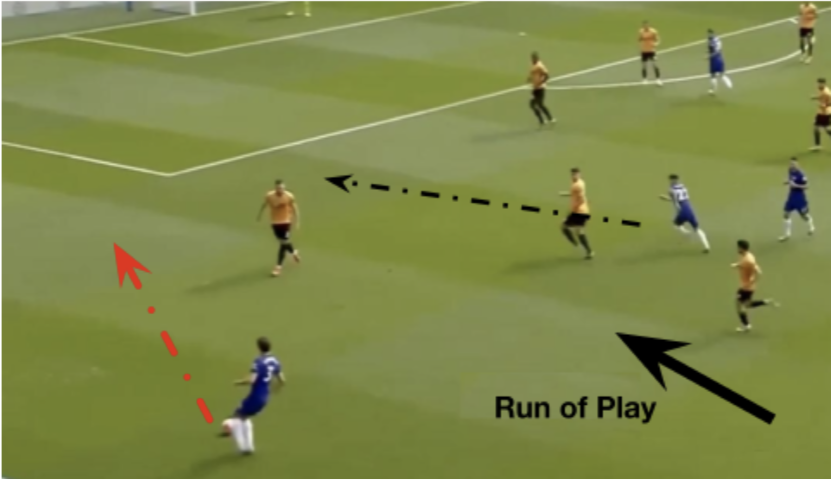
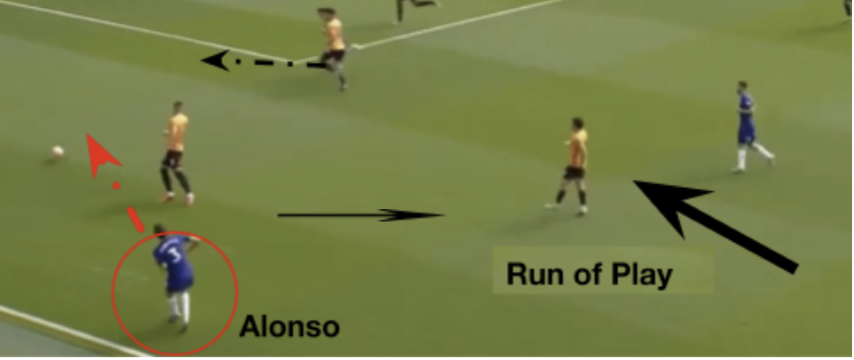
Another notable Wing back brings us to the other side of the pitch to Liverpool’s Trent Alexander-Arnold. The preferred right back makes similar runs on the right channel with similar athleticism and technique, but doesn’t necessarily go as far as the by-line as often.
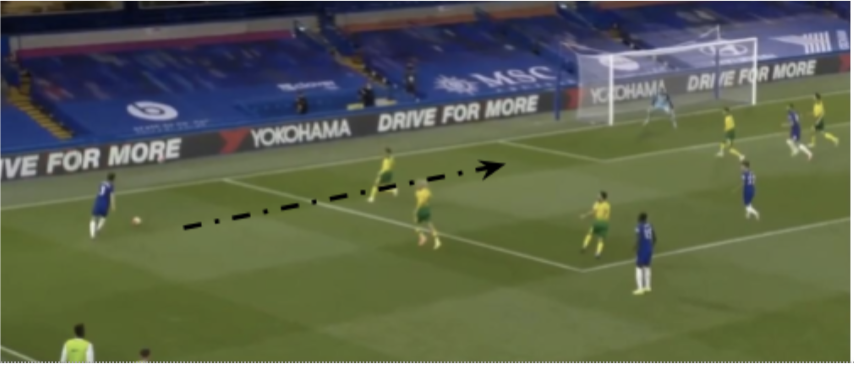
Instead, Alexander-Arnold plays closer to the half way line when in the opponent's half, crossing the ball diagonally in between the 18 and 6 yard box.
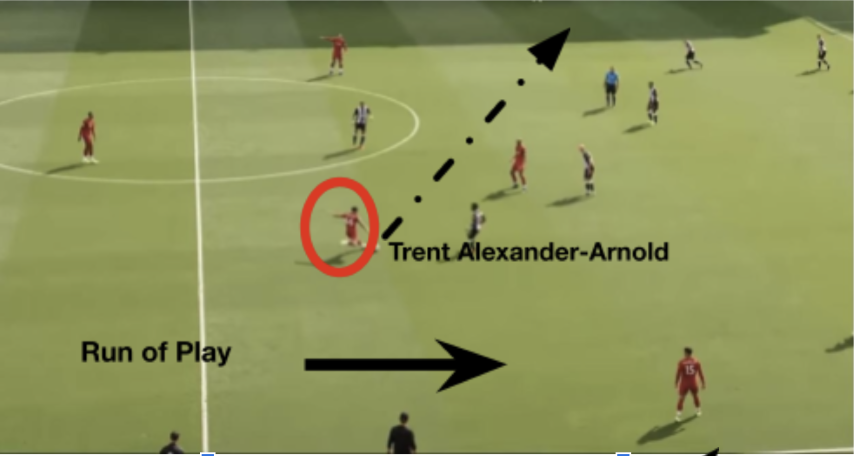
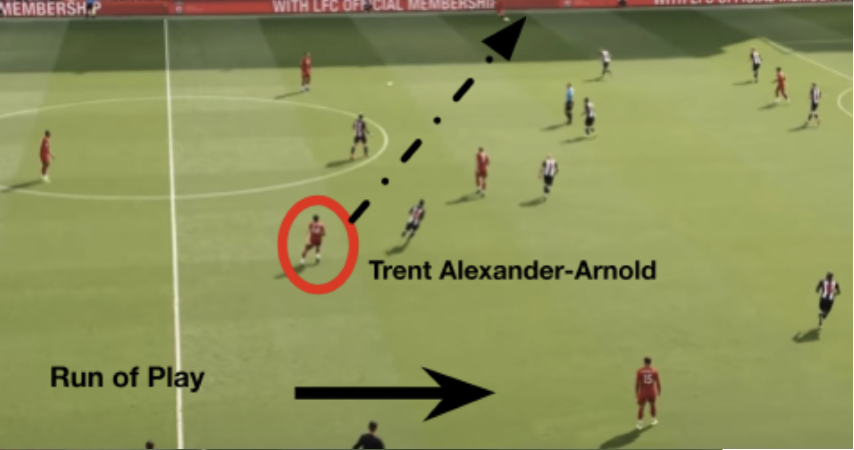
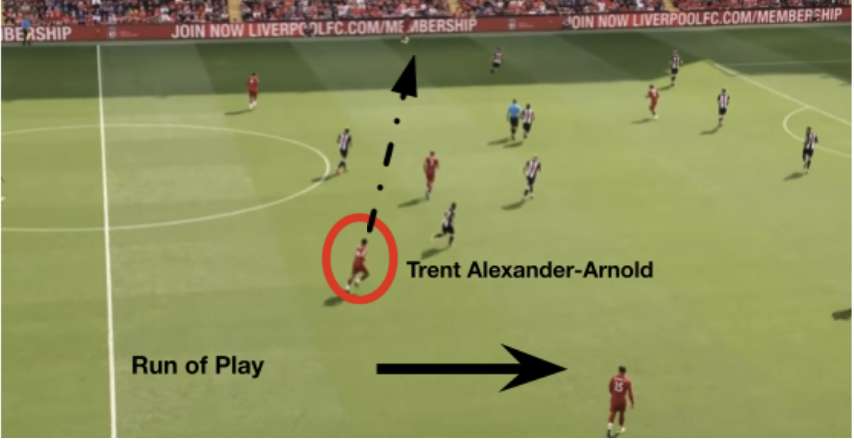
These are just two current examples of effective strategies players and coaches can deploy when playing a 4-3-3.
By Soren Schamberg


